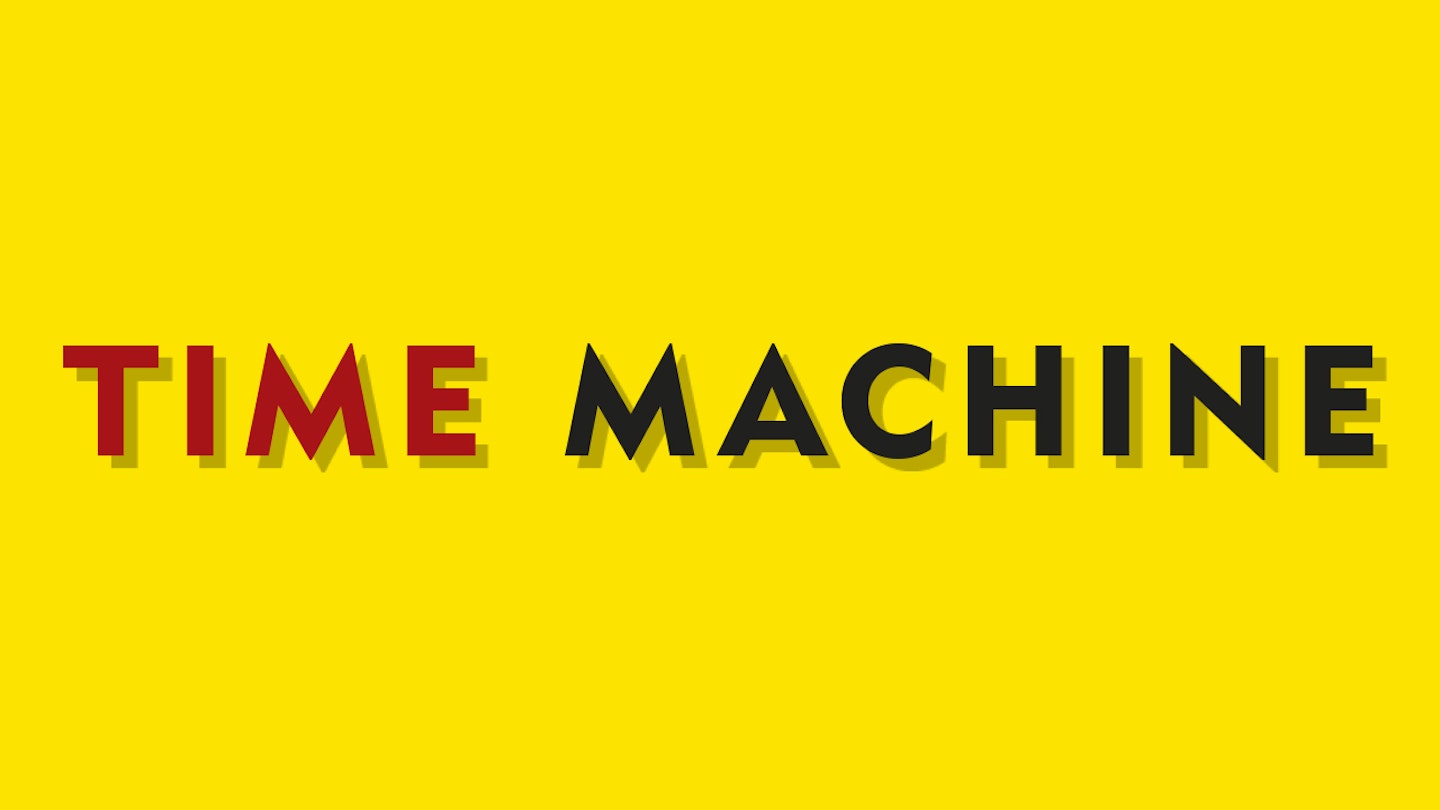14 January 1955
IT WAS THE MOMENT WHEN OLD-FASHIONED POP and its carefully groomed stables of light entertainers finally surrendered to the rampant forces of R&B and rock’n’roll.
In the USA, Billboard proclaimed, “The swinging infectious and melodic tunes that have come out of the R&B field have, in the past year, swept all before them… R&B records are the pop records of the day.” The magazine confirmed its belief by printing a 14-page spotlight on the genre, which included a full-page ad for New York radio station WINS and its leading daily show – DJ Alan Freed’s Rock’n’Roll Party.
Freed, who once actually attempted to copyright the term “Rock and Roll”, had previously staged successful live R&B shindigs in Cleveland. Having gained financial support from Mob-linked NY jazz club owner Morris Levy, he set out to make his mark in the Big Apple, hosting two R&B shows at the St Nicholas Arena, a 6,000 capacity, run-down ex-ice rink off Broadway that had been converted to a boxing hall.
Freed was so sure of high demand that he insisted one night was not enough. Levy increasingly felt that his original suspicion that Freed was “a little nuts” was correct, but went along with the plan for two shows, one on Friday, January 14, plus another scheduled the following evening, each running from 8pm to 2am. Significantly, both would be pure R&B, though Freed sold the event as a “Rock’n’Roll Ball”.
“The ceiling was dripping from moisture.”
Morris Levy
The DJ made just six on-air announcements plugging advance tickets sales, yet the response was phenomenal. WINS, who were grabbing 10 per cent of the show’s profits, boasted the selling of “over 15,000 paid admissions – the greatest advance sale in the history of American dance promotions.”
Media magazine Cashbox described the show as “something that had to be seen to be believed… seen from above, the enthusiastic teenagers seemed to be jelled into one swaying body with thousands of heads. That they adore Freed was evident from the uproarious welcome with which they greeted his appearance.”
The talent was also stellar, with Joe Turner, Fats Domino, The Clovers, Dakota Staton, Ruth Brown, Varetta Dillard, Danny Overbea, Clyde McPhatter and The Drifters, The Moonglows, The Moonlighters, The Harptones, The Buddy Johnson Orchestra with Ella Johnson and Nolan Lewis, plus bootin’ tenor saxman Red Prysock and his band, providing five hours of charging R&B. The finale, said Cashbox, resembled “a revival meeting with Joe Turner at the mike and Fats Domino at the piano and the entire cast returning to the stage for a closing that was without parallel. Singers and instrumentalists danced, dancers and singers grabbed instruments and instrumentalists and dancers sang. Alan Freed and his lovely wife Jackie jitterbugged and the kids went wild.”
“The ceiling was actually dripping from the moisture,” noted Levy.
“It was raining inside the St Nicholas Arena, I’m not exaggerating.” Somewhere amid the chaos, Joe Turner was awarded the Cashbox Jukebox Operators trophy for being the nation’s top R&B male performer of 1954.
The Turning Point
“In a way,” Freed recalled, “those St Nick dances were the turning point. You see, those Cleveland affairs appealed most to coloured people… but at the St Nick the audiences were about 70 per cent white and 30 per cent Negro [sic]. This was the first inkling I had that white people enjoyed rhythm and blues. Rock’n’roll had moved out of the limited ‘race’ classification into big business.”
In the wake of the St Nick’s show, Freed’s influence soared further. His radio show, declared manager Lew Platt, was even responsible for thousands of would-be juvenile delinquents deciding to stay off the streets of the greater New York area. On January 26, in Billboard’s final Most Played By Jockeys chart of the month, top of the heap was Sincerely, a song penned by Freed and Harvey Fuqua, and recorded by The Moonglows, who were managed by Freed.
Such successes would ultimately prove double-edged, setting Freed up for a tragic downfall. In 1960, he would be consumed by payola and conflict-of-interest scandals; a pariah, he would die of alcoholism in 1965. Morris Levy, whose 1986 arrest was broadcast on US TV, would die before he could be imprisoned for conspiracy to extort. Yet these undoings were in the future. Twelve months after the triumph at St Nick’s, Elvis Presley would explode rock’n’roll into the mass white market for good, and there was no going back. Alan Freed had been right all along.
